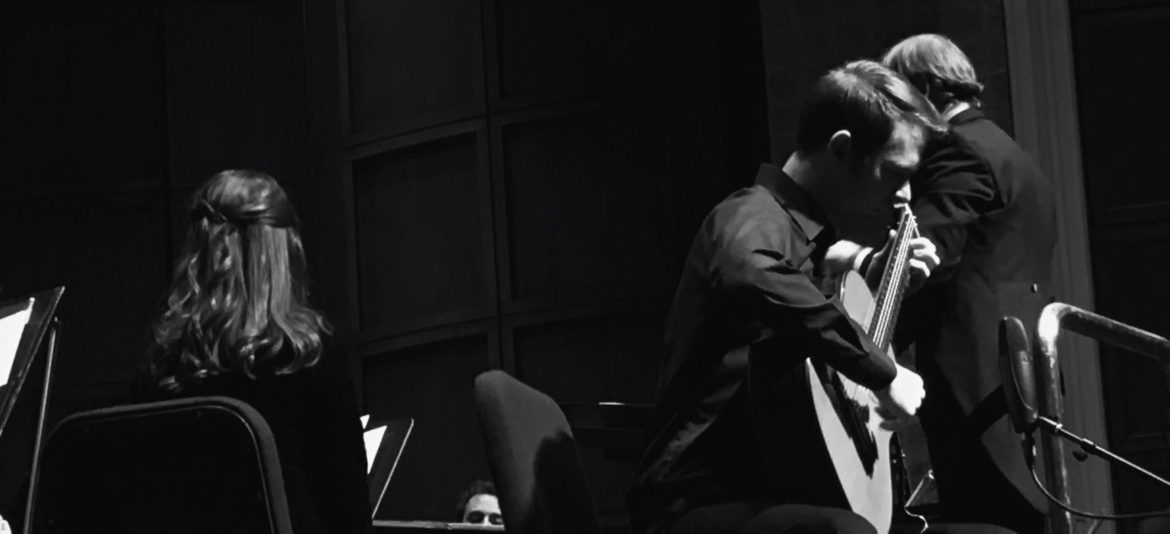My Grandfather’s Hands
Each year as I get older I catch glimpses of my grandfather’s hands in mine. He had a habit of holding his resting hand in a relaxed fist, palm upward, while working on something. I apparently do the same thing, and sometimes when I look down I recognize someone else’s gesture, though his hands have been dust for three years this month.
He lived a life where hands were important. His vocation as a family doctor meant his hands held both the newborn and dying beyond count. As one of the few doctors in a rural area, he likely touched a high percentage of Union County North Carolina residents during his fifty year practice. He was fond of taking out an old invoice he had sent a family in his first years as a doctor. They called during a West Virginia blizzard and he walked several miles to their home with his black bag to deliver a baby. He charged them $12.00 (two dollars more than the typical birth since he made a house call), but was pretty sure they never paid since they didn’t have any money at all.
Though a physician by trade, he was a farmer at heart and this is how I knew his hands and watched him work. Retired from practicing medicine at age 80, he kept a vigorous schedule of chores around his 200 acres well into his nineties. Much of this was gardening, feeding animals, and otherwise keeping busy. Daily chores that he never seemed to tire of, though he had done them countless hundreds of times over the decades. Seeing the fish in the pond jump for the floating food by the hundreds never failed to put a smile on his face as he broadcast handfuls across the water from a bucket.
We enjoyed participating in these chores because of the novelty. They were a break from our small town rhythms. He seemed to enjoy them in their regularity. He knew what his day’s work was and he did it with his own hands. The last time I did chores with him he was ninety-nine years old. We tended to grape vines he had just planted, pruning away the shoots that would steal nutrients but not bear fruit. He expected the first harvest was several years away.
The day’s chores ended, he would spend the evening indoors with the news or a basketball game on while he read his newspapers. Eventually a bowl of fruit would appear from the kitchen and he would sit on the bed with his knees up peeling apples and pears and handing you a slice. He had a way of peeling an apple in a circular motion so that the skin would sometimes come off in a single long coil. It looked easy, but when I tried it I realized it is only easy to someone who has done it each evening for a lifetime.
The result of this lifetime of faithful chores was a place. A place with meaning because of the work done in it and the time spent together. A place loved by every member of the family.
The morning of his funeral I stood at the guest house kitchen window brushing my teeth when the great blue heron flew by. It was the first time I cried that day. Grandpa loved that bird. Every sighting would come with his whisper, “Look!” In January of 2021, a strange year later, I am reading an Eric Carle book to my son for bedtime. A painting of a blue heron will make my throat catch.
Back in January of 2020, driving from the funeral home to the cemetery, the hearse took the long way and drove by grandpa’s house. Slowly, it ascended the pecan lined driveway and made one lap around the house. A person firmly rooted to his place saying goodbye. After the burial we returned to the house and walked the land for the last time.
I left the farm with something. Grandpa’s brown suede jacket was on the coat rack. “This looks like it will fit you,” a cousin said, and it did. I am on of the few grandsons with his scrawny frame so it became mine. I don’t know how many years Grandpa wore this jacket but it is worn in without being close to worn out. I expect it will last the rest of my life and perhaps beyond.
The South Carolina climate doesn’t allow many days when its weight is necessary. On the coldest days I put it on, never without thinking of him. I reach for it on a brisk Sunday morning just before the three year anniversary of his death. When I put my hands in the side warming pockets it always occurs to me that my hands are where his hands would be, and looking very much like his.
I think of this as I drive down Laurens Road. Stopped at a red light, the largest great blue heron I have ever seen flies by.

